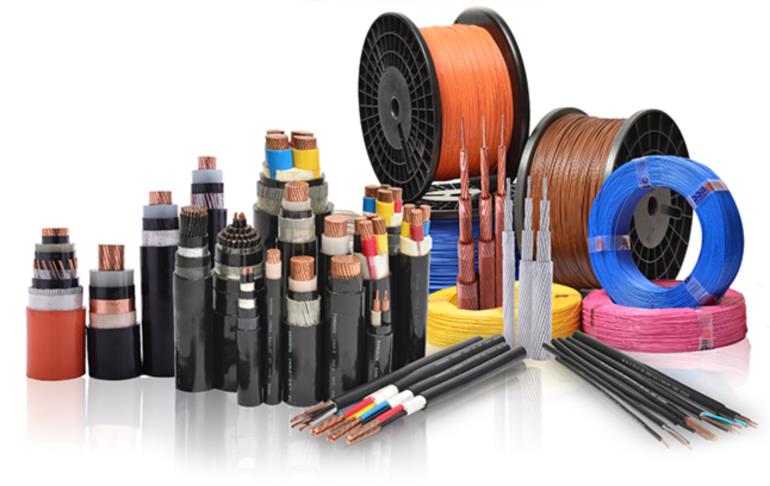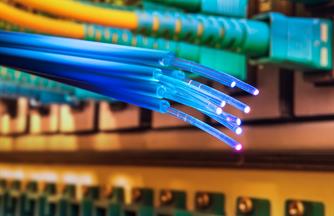Difference between Wire & Cable
They are often confused, but in fact, they are quite different. A wire is a single conductor(material most commonly being copper or aluminum) while the cable is two or more insulated wires wrapped in one jacket. Multiple conductors that have no insulation around would be classified as a single conductor.
Difference between Wire & Cable
Wire and cable are two terms that are used in electrical and communication fields. They are often confused, but in fact, they are quite different.
A wire is a single conductor(material most commonly being copper or aluminum) while the cable is two or more insulated wires wrapped in one jacket. Multiple conductors that have no insulation around would be classified as a single conductor.
Types of Electrical Wires
There are two main types of wires: solid or stranded.
A solid wire is a single conductor that is either bare or insulated by a protective colored sheath. It offers low resistance and is perfect for use in higher frequencies.
When inside a covering there are many thin strands of wires twisted together, it is called a stranded wire. Stranded wires are used where flexibility is important because which the wire can be used for a longer period. This type of wire has a larger cross-sectional area than solid wires for the same current carrying capacity.
Types of Electrical Cables
There are various types of cables, including twisted pair cable, coaxial cable, multi-conductor cable, and fiber optic cable.
1. Twisted pair cable – A twisted pair cable has two cables that are twisted across each other. Twisting can avoid noise that produced by magnetic coupling, so this type of cable is best suited for carrying signals. It is generally used in telecommunication and data communication.
2. Multi-conductor cable – Multi-conductor cable has two or more conductors that are insulated from each other. Their purpose is to protect signal integrity by reducing hum, noise, and crosstalk. Applications include computers, communications, instrumentation, sound, control, audio, and data transmission. Both multiconductor and twisted pair cables are called balanced line configuration cables.
3. Coaxial cable – Coaxial cable is composed of an inner solid conductor surrounded by a paralleled outer foil conductor that is protected by an insulating layer. The two conductors are separated from each other by an insulating dielectric. Coaxial cables are generally used in TV Cable. It is called an unbalanced line as the signal on the two conductors is not same, which result in interference but the performance is more stable than a twisted pair cable.
4. Fiber optics cable – This kind of cable transmits signals by a bundle of glass threads. Fiber optic cables have a much greater bandwidth than metal cables, which means they can carry more data. They are also less susceptible to interference. For these two reasons, fiber optic cables are increasingly being used instead of traditional copper cables despite that they are expensive.
Now that you know the difference between wire and cable







